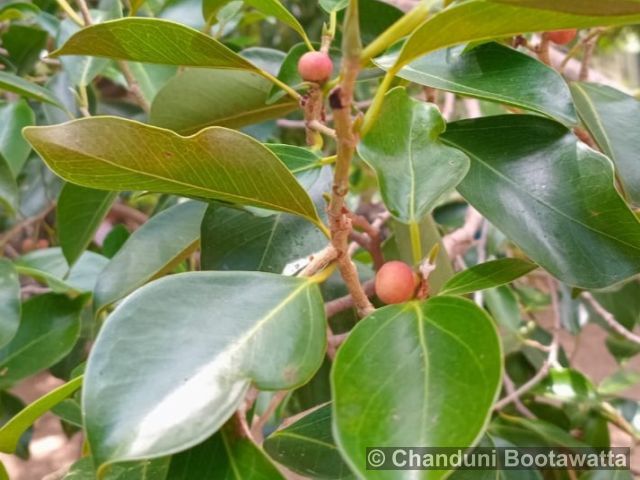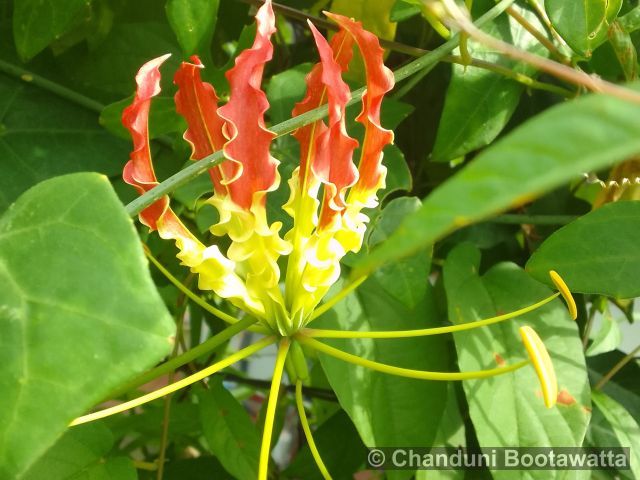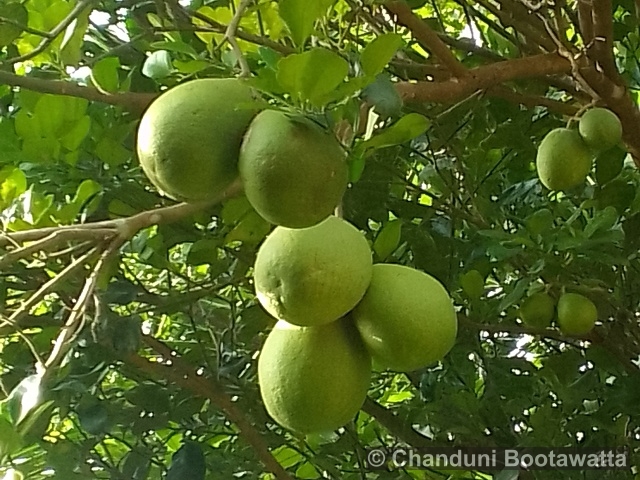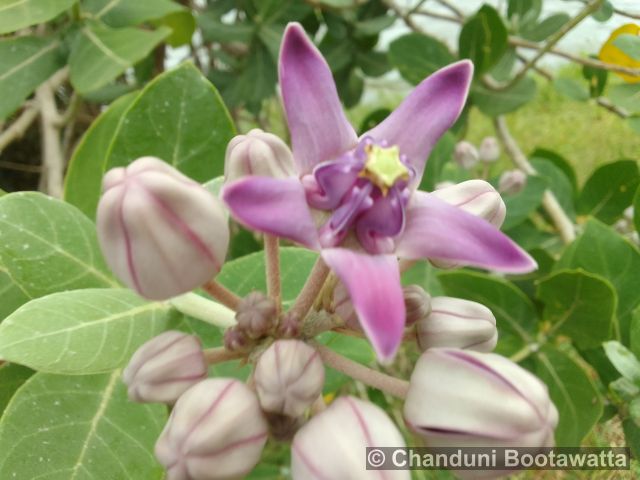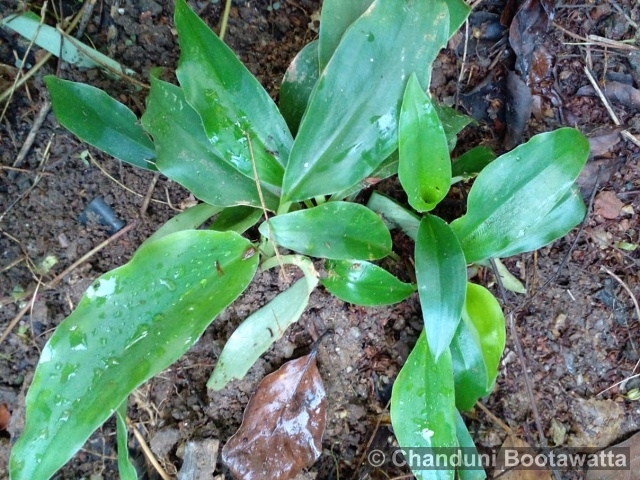Tento příspěvek byl přečten342krát!
YOU CAN FIND THE CZECH VERSION IN THIS LINK
Syn.: Epiphyllum grande, Epiphyllum acuminatum
Family: Cactaceae
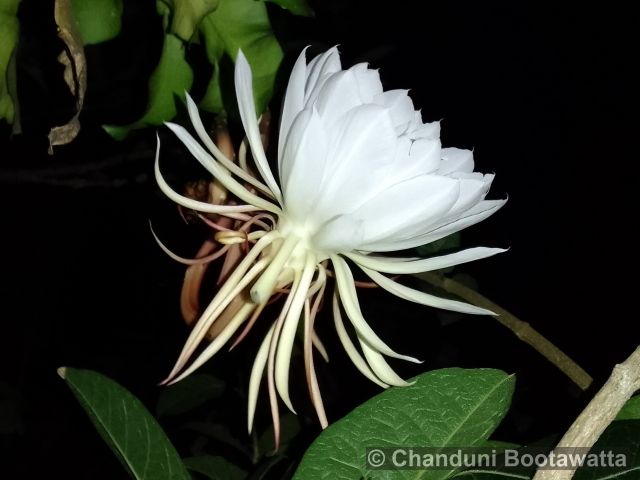
Description: An epiphytic cactus that has flat, segmented stems that are leaf-like in appearance, and typically dark green in color. These stems can reach lengths of several feet and are often pendulous. The stunning nocturnal flowers which are large, fragrant, white or creamy-yellow blooms open only at night and close by morning are a remarkable feature. Those flowers have numerous slender petals and a sweet, pleasant fragrance.

Substitutions: Night-Blooming Jasmine (Cestrum nocturnum) is a shrub produces highly fragrant, small, white or greenish flowers that open at night, emitting a sweet scent. Moonflowers (Ipomoea alba) are fast-growing vines that produce large, white, trumpet shaped flowers that open at night. Often grown as ornamental climbers. Angel’s Trumpet (Brugmansia app.) are shrubs or small trees produce pendulous, trumpet-shaped flowers with a strong, sweet fragrance. Nicotiana (Nicotiana spp.) are species produce fragrant flowers that open in the evening and night.
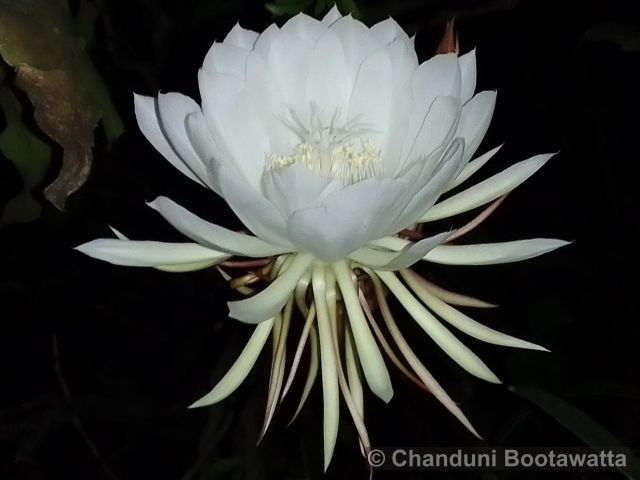
Ecology: As an epiphyte, this cactus doesn’t rely much on soil for nutrients. Instead, it absorbs nutrients and water from the air and debris that accumulate around its roots. Also this cactus grows on trees or rocks in its natural habitat.
General distribution: Found in Tropical and Subtropical regions, Central America and South America.
Endangerment: Habitat destruction in Central and South American natural ecosystems, changes in climate patterns, risk of illegal collection due to its uniqueness causes the endangerment.
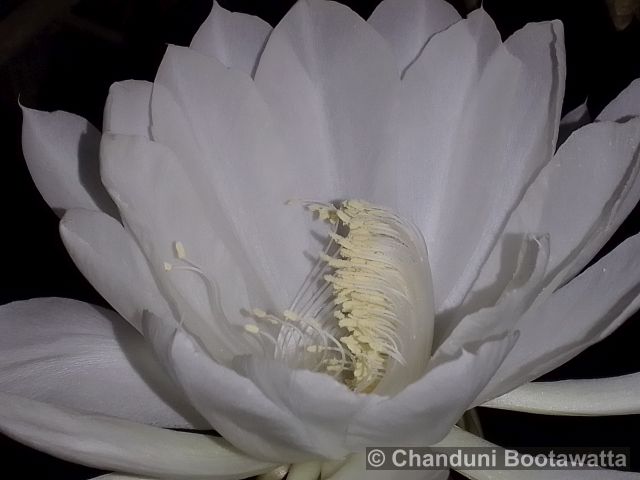
Use: Epiphyllum oxypetalum is a popular ornamental plant cultivated for it’s unique and dramatic flowering display. In some traditional medical practices, parts of this plant have been used for various purposes, including potential wound healing and pain relief.

Author of text and photos: Chanduni Bootawatta.
Photographed in Nanayakkara botanical Park Matale, Sri Lanka on 05/10/2023.



 Poslat emailem
Poslat emailem

